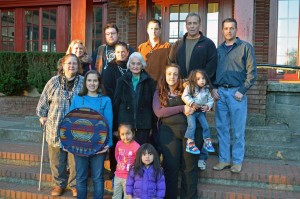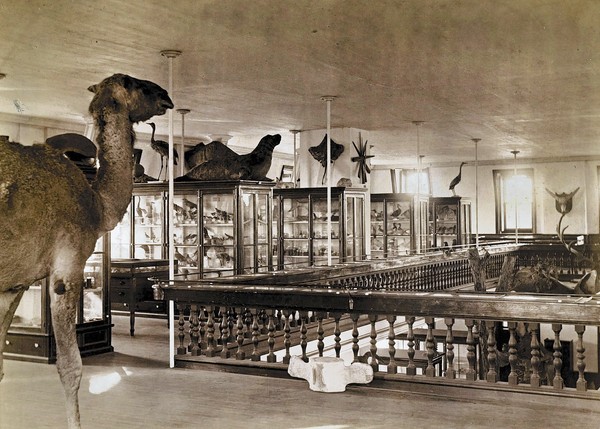By Rikki King, Herald Writer 12-9-13
ARLINGTON — Two north Snohomish County cities are trying to curb panhandling by asking people to give to local charities instead.
Arlington and Marysville officials are working with local businesses to post signs and window stickers as part of a new campaign called “Keep The Change.”

“It’s okay to say no, just a simple no,” Arlington Police Chief Nelson Beazley said. “This community is tremendous so far as being a giving, caring community, but give appropriately.”
Beazley sees a link between the rise in panhandling problems and heroin use. Not all panhandlers are addicts, but those who are cause trouble, he said.
Panhandlers are creating traffic and safety concerns in Marysville as well, Mayor Jon Nehring said. Some are using their income — up to $90 a day — to buy drugs and alcohol, he said. They’re often seeking handouts a short walk from the local food bank.
“There are places to give the money where it will truly help the needy,” Nehring said. “What we’re trying to do is essentially stop the subsidization of the drug and alcohol habits for some of these folks who stand out there.”Nehring’s office received complaints from parents who said they were approached in parking lots while loading their cars up with kids and groceries, he said. In Smokey Point, young families reported similar issues outside a dance studio.
“Keep The Change” started in Marysville after local barber Kelly Muma learned of an initiative in southwest Washington. Muma and his wife own HotRod Barber Shop on State Avenue.
“I’ve been cutting the mayor’s hair since way before he became mayor,” Muma said.
They got to talking about the panhandling problem.”The community is so giving, but yet unfortunately we’re giving to the wrong people,” Muma said. “This is truly what this sign is about. Those who truly need the help know of the food bank, know of the centers to go to. It’s educating the general public.”
Marysville posted signs along Fourth Street, 88th Street NE, 116th Street NE and 172nd Street NE. Those roads routinely see people posted with cardboard signs, asking for money.
Marysville expects to have window stickers available soon.
Arlington officials saw Marysville’s signs and liked the idea, city spokeswoman Kristin Banfield said. The police chief and others met with local business groups before moving forward.
Police officers are limited in what they can do about panhandling, Beazley said. In most cases, the activity isn’t illegal unless it’s deemed aggressive or it becomes trespassing. An arrest or citation doesn’t always lead to a prosecution.
One of the downtown Arlington business owners who supported the campaign was Jeanne Watanabe, of The Silver Hanger consignment shop on N. Olympic Avenue. Business owners have been working closely with the police department since seeing an increase in illegal activity downtown, she said.
“We wanted to find out why it was occurring and what we could do about both helping people on the street and making sure the street stayed safe. It’s definitely two-fold,” she said. “Our community is amazingly rich with people who have a heart for helping people who are homeless. We have lots and lots of programs for that.”
Arlington has 10 “Keep The Change” signs posted in the Smokey Point and downtown shopping areas and about 100 window stickers have been distributed, said Paul Ellis, the city’s community and economic development director. More signs are planned.
Earlier this year, the Washington State Patrol also asked folks not to give to panhandlers at freeway ramps, citing concerns about traffic safety and pedestrian deaths. That message is ongoing, trooper Mark Francis said.
“Panhandlers are at even greater risk on I-5 on- and off-ramps due to the higher speeds,” he said. “We are citing panhandlers and arresting re-offenders on limited-access highways.”
Rikki King: 425-339-3449; rking@heraldnet.com.
More info
Resources in town: Marysville Community Food Bank, 4150 88th Street NE, 360-658-1054, http://marysvillefoodbank.org/.
Marysville cold-weather shelter: 360-659-7117.
Arlington Community Food Bank, 18810 59th Drive NE, Unit B, 360-435-1631, www.arlingtonfoodbank.org/.
Arlington cold-weather shelter: To learn if the shelter is open and where it will be, call 360-403-4674. Volunteers are needed: Call 360-435-3259.
You can research charities at the Secretary of State’s website, www.sos.wa.gov/charities/search.aspx, and at the state Attorney General’s website, www.atg.wa.gov/SafeguardingConsumers.aspx, under “Consumer Issues A-Z.”











